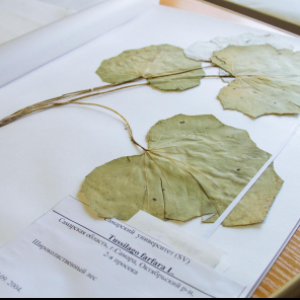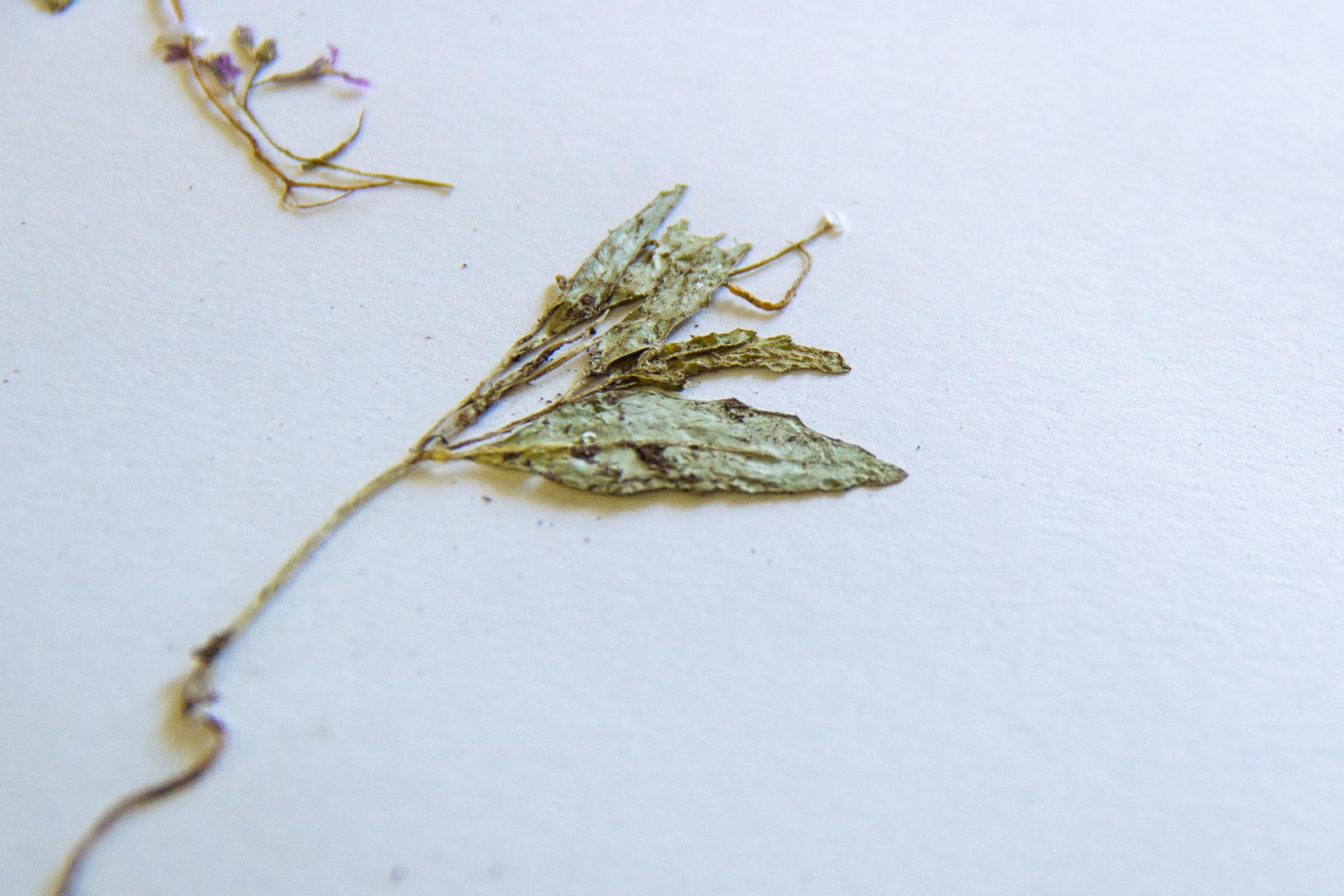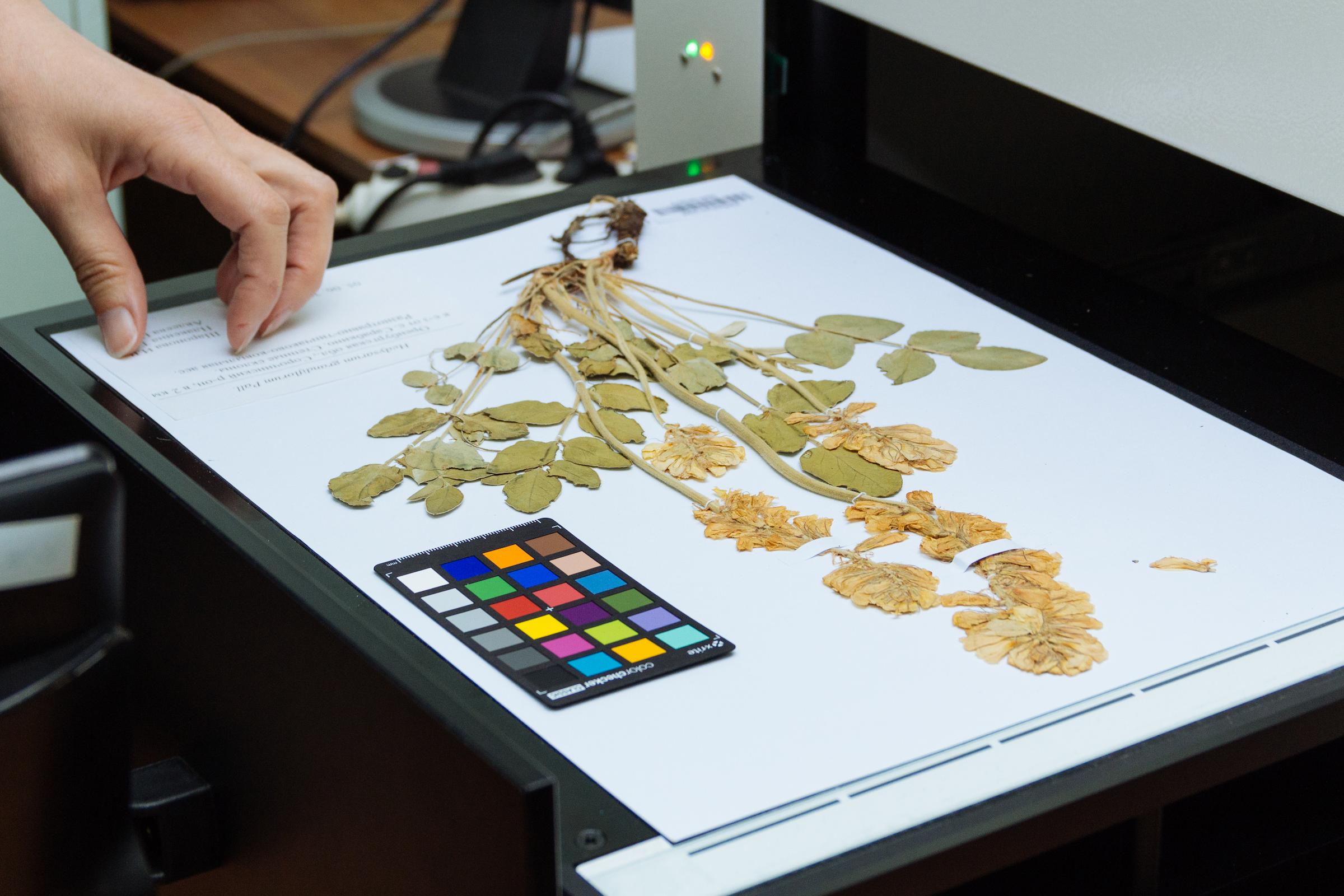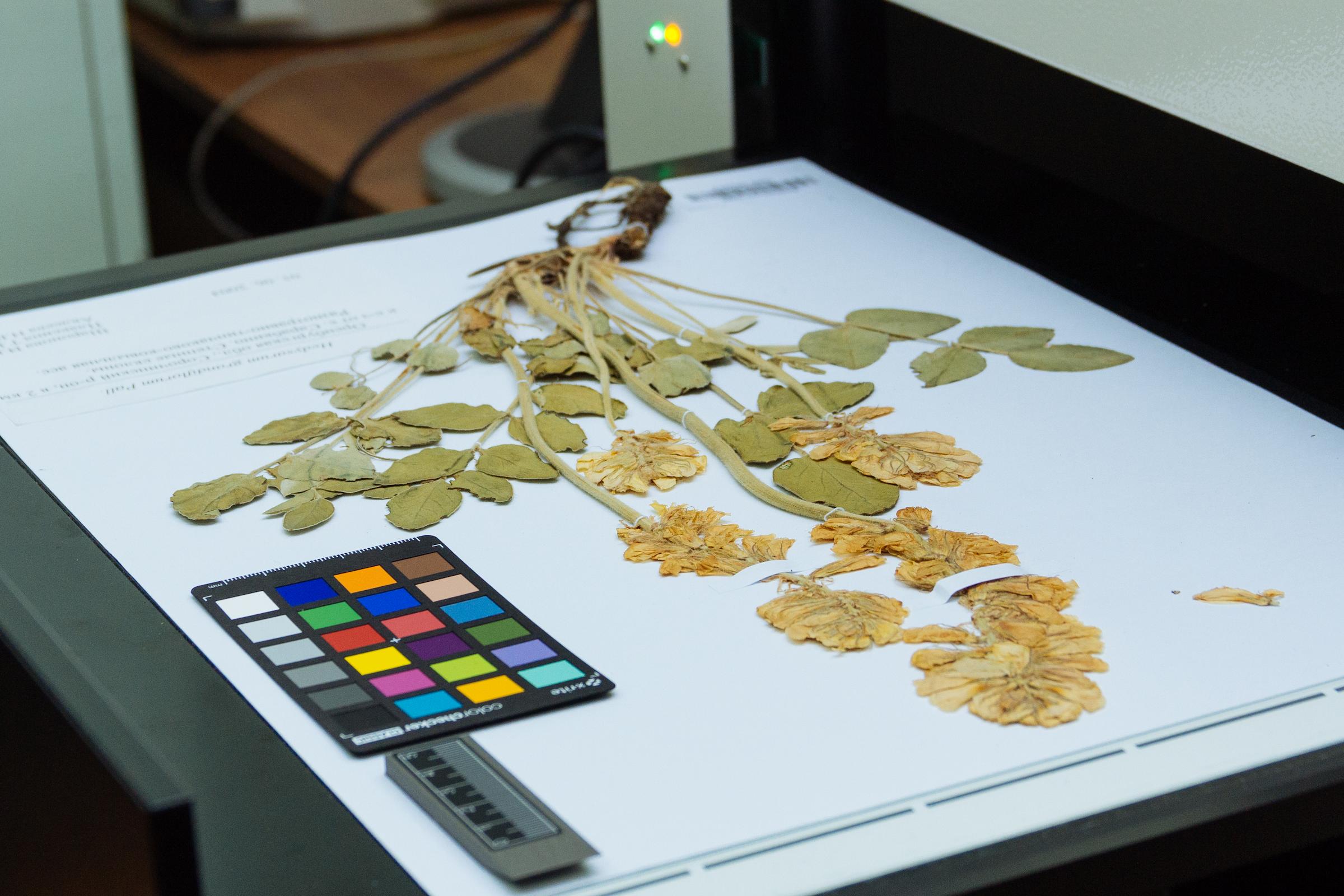The collection of flora of the Volga-Ural region of Russia, presented in the form of Samara University’s digital herbarium, is included in the GBIF (Global Biodiversity Information Facility), the international online knowledge platform about all living organisms on the planet, which is being updated by scientists worldwide.
“Samara University’s Digital Herbarium is connected to the Global Biodiversity Information Facility (GBIF). This system provides access to thousands of datasets collected by various scientific organizations from around the world, including information on plant, fungal, and animal samples from herbariums and zoological museums, starting with the world’s oldest scientific collections. Posting our herbarium on the GBIF portal is quite an important event, as this gives an idea of the plant diversity in the Samara Region and the Volga-Ural region as a whole to the entire world scientific community, as well as to anyone interested in biology. This brings our collection to a new, international scientific level. Joining this system became possible due to the collaboration with Aleksey Seregin, Curator of the MSU Herbarium, Leading Researcher, Doctor of Biological Sciences”, said Irina Sharonova, Candidate of Biological Sciences, Head of the Interdepartmental Educational and Scientific Laboratory “Herbarium-SV” at Samara University.
According to her, Russian scientific institutions actively join the GBIF: at present, there are 134 of them. The Zoological Institute of the Russian Academy of Sciences (St. Petersburg) was the first Russian scientific institution to join the GBIF 14 years ago.
“Before us, in the Samara Region, in 2018, the Institute of Ecology of the Volga Basin of the Russian Academy of Sciences (Tolyatti) and the I.I. Sprygin Zhiguli State Natural Biosphere Reserve joined the global system GBIF, but their tasks are different, and so far only our University posts scanned herbarium samples on the GBIF portal. The first trial batch of scanned plant samples from the herbarium is currently available on the portal, with about 2,000 pieces to have been placed so far. By the end of 2025, it is planned to post about 3,000 more samples on the GBIF portal. In future, Samara University’s entire herbarium collection will be posted on the portal, but this is rather laborious and long-lasting work taking more than one year”, emphasized Irina Sharonova.
In total, Samara University’s herbarium collection include over 50,000 herbarium sheets. The collection mainly includes flora species from the Volga-Ural region, but there are also samples from other regions of Russia, near and far abroad. Digitizing the University’s herbarium collection began in 2021, and by now about 12,000 herbarium samples have been digitized. By the way, there are over 381 million herbarium sheets in the herbariums of the world.
“Previously, Samara University’s digital herbarium became the 11th member of the consortium “MSU Digital Herbarium”. This is not only the largest digitized collection in Russia, but also a global online platform where all academic, university and museum institutions in our country can post their electronic herbarium collections. This consortium is participated by herbariums of M.V. Lomonosov Moscow State University, the Main Botanic Garden of the Russian Academy of Sciences, Irkutsk State University, the Kuzbass Botanical Garden of the Siberian Branch of the Russian Academy of Sciences, L.N. Tolstoy Tula State Pedagogical University, and other scientific and educational institutions”, noted Irina Sharonova.
About digital immortality of plants
Digitizing is carried out on the specialized flatbed scanner designed for high-resolution scanning of flora and fauna. Only a sample assembled in full, provided with the label and the unique barcode, can be taken for scanning. Before scanning, each herbarium sheet is overlaid with the reference colour scale (to control the quality of colour transmission by the scanner) and the measuring ruler (for visual size assessment). Scanning of one sheet takes about two minutes and is carried out with a resolution of at least 600 pixels per inch. The size of the resulting digital image ranges from 200 to 500 MB, and its quality allows distinguishing the main plant features necessary for its identification.
The scanned herbarium sheet is supplemented with the data from the related label, the scientific information about the species, as well as photographs of plants in wild-nature growing conditions.
Besides, the GPS coordinates of the site where the plant grew is added, as well. However, most herbarium samples were collected before the advent of the “GPS era”, so scientists have to determine many points of collecting the plants approximately, using the methodology developed at M.V. Lomonosov Moscow State University.
 RU
RU  EN
EN  CN
CN  ES
ES 


